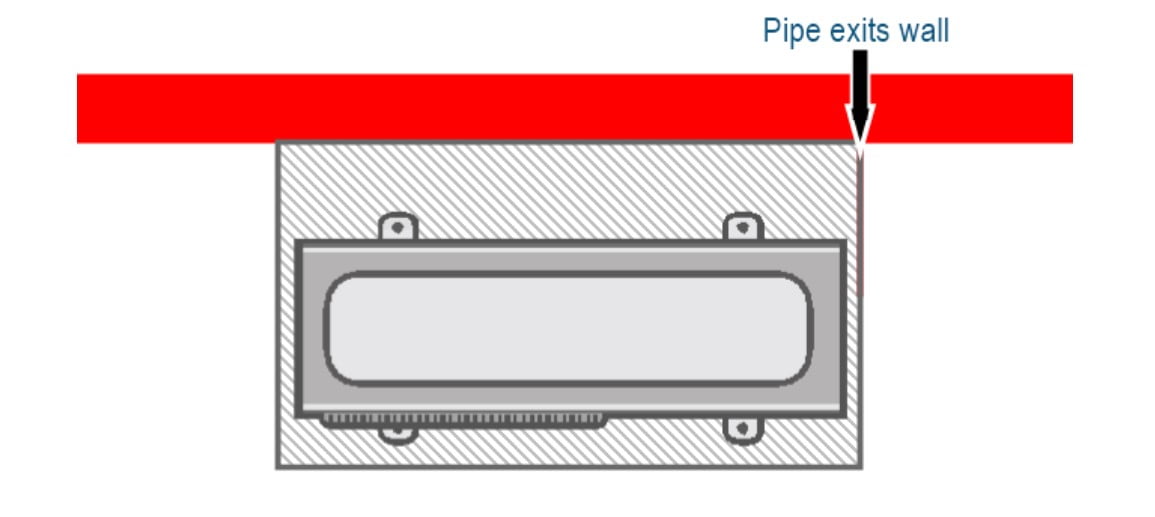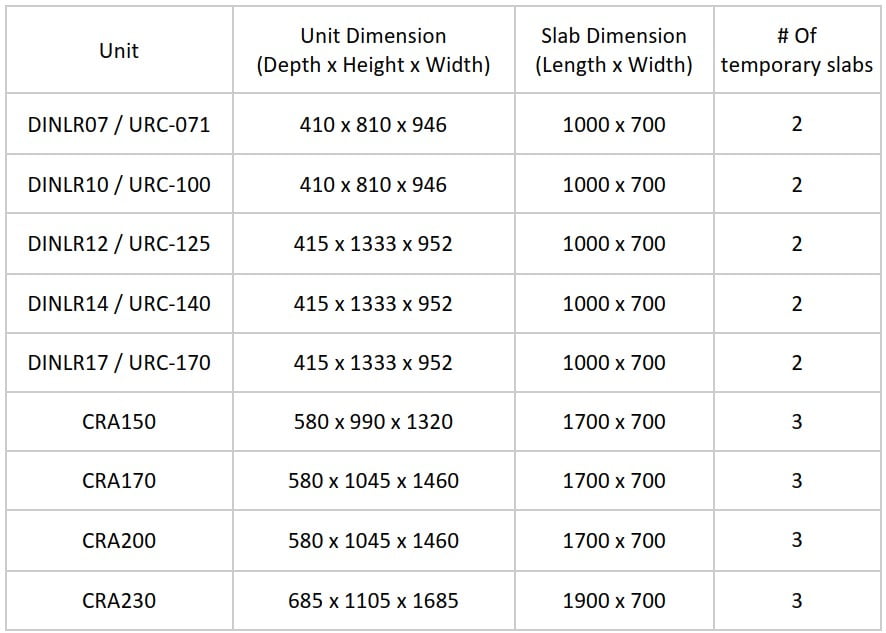After-purchase support & further information
Here at Kozco Energy Group, we not only support you in the decision making and installation process, but the after-purchase support too.
Browse our list of FAQ and check out our videos!
We support you before, during, and after the installation process
Instructional Videos and Podcast
Click here to browse our podcast episodes, as well as video tutorials on product setup and troubleshooting.
Is something not quite right?
Whether it’s your Air Conditioner that’s not quite cold enough or your Solar Panels that need a clean,
Kozco Energy Group have the solution.
Click the button below to request a service and we’ll get back to you!

Frequently Asked Questions
See our FAQs and answers here.
Once you have had solar for a full billing cycle, you should check your electricity bill to make sure you are receiving the full benefit.
On the front page there should be an average daily usage shown. This number only represents your grid usage, not solar and grid usage. It doesn’t represent how much solar your home has self-consumed over this period. The more power you use during the day the better your self-consumption ratio. Greater self-consumption means less grid import which should relate to a lower bill.
A good way to check this is to have a look at how much power your solar system has generated over the billing period. You can look on the credit section on your bill, here you should see a reference to “solar feed in” (or something similar). This represents how much solar energy you have sold back to the grid. If you deduct this number from the total generation of your system you will get a value for the billing period of the self-consumption, divide this number by the number of days on the billing period. This is your daily self-consumption average. If you add this to your daily usage, you will get a true daily usage average taking into consideration your solar generation.
If these numbers don’t match up to your solar monitoring, it may be worth calling your retailer to make sure they are providing “actual” meter reads.
A feed-in-tariff is the amount your electricity retailer pays you for any electricity your solar system generates that you don’t use and is fed back into the grid. Feed-in tariffs differ depending on where you live and which electricity retailer you are with.
STCs are government incentives that help reduce the upfront cost of installing your solar system. The value of STCs your system receives differs depending on its size and location.
Your solar power system works with sunlight. When the irradiance levels get to a low enough point, your solar panels won’t provide enough DC voltage to turn your inverter on. This causes the system to turn off. This is perfectly normal, and the system will begin generating as soon as there is enough light to turn the inverter back on to a workable voltage.
In the event of a grid outage your solar system will switch off and remain off until grid power returns. This is a mandatory safety feature present on all inverters called anti-islanding. This ensures no export or generation back onto the grid to protect those who may be working on the power lines.
When the grid power returns, ensure all of your solar circuit breakers and switches are on. Your inverter will then go through a 60 second start up protocol.
Solar will not show on your bill until your new solar meter has either been installed or reconfigured. If you have received a bill before this has happened, the bill will not reflect the solar feed in credits.
If your meter has been reconfigured or installed and there is still no solar showing, follow up your retailer so they can update your bill.
This is uncommon but can occur for a number of reasons.
Your first bill after solar has been installed, may include a meter upgrade cost from your retailer. This can be between $60-$900 depending on your retailer and type of connection.
Your first bill may only be for a small portion of the time the solar has been installed for. First you should compare the supply dates on your bill to the day your system was installed and the date your meter was exchanged or reconfigured.
Your first bill may be a winter bill. In this scenario your solar production would be low, and you will see greater benefit as we get longer days of sun and less cloud cover.
You may have installed some new appliances/devices. In particular air-conditioners or pool equipment. By increasing the load capacity of your property can influence the bill amount if the solar system no longer meets power consumption needs.
Your retailer may have increased your electricity rates and decreased your Feed in Tarrif. We recommend reviewing your supply rates every 6 months. Don’t be afraid to shop around.
Your solar system may not be functioning properly and needs a service or clean. Kozco can check over your entire system and make sure you are maximising your generation. Ensure you can always see a green light on your inverter to ensure the system is on and working.
If you are still unsure as to why your bill is higher then normal call our office and we can help review for you and book in a solar service.
Your solar system works by converting light from the sun into energy you can use in your home, store in batteries, charge your electric vehicle or export to the grid.
The solar panels on your roof generate DC Power, this is fed into your inverter. Your inverter then converts the DC into 240v AC, this is what your house runs on.
The AC power from your inverter then travels to your switchboard where all the house loads are fed from. This AC solar power from the inverter is then used to power your house loads.
All households with solar are required to have a bi-directional meter (utility meter), which your electricity retailer will install for you. A bi-directional meter will record all the power that is drawn to the house, but also record the amount of solar energy that is exported back to the grid. This is called net-metering.
If you have any questions, call our offices and we can have one of our energy experts guide you through it.
Your battery works by storing excess solar power that the house has not consumed directly.
Your battery will always take excess solar power if needed before any power is exported back to the grid.
When your house load exceeds solar production, your battery will discharge to prevent power being drawn from the grid. We are then avoiding paying for power from the retailer.
Once the sun goes down and there is no longer solar generation, your battery will then discharge to run the house loads.
Once your battery has fully discharged you will go back to grid connection and draw energy from the retailer.
This process is then repeated.
In most cases this is due to an update to either your internet details or Wi-Fi password.
Have you changed internet plans and gone to a new provider? If so, you will need to update your inverter connection to the new modem. See our Kozco Energy Group You Tube channel and find and follow our simple tutorial.
Have you changed your Wi-Fi password? If so, you will need to update your inverter connection with the new password. See our YouTube channel and find follow our simple tutorial
Is there no connection available for the rest of the house? If so, this is most likely not an inverter issue, and you will need to make sure your modem and internet connection are working correctly.
A solar meter is a bi-directional meter that can determine whether electricity is being imported or exported to the grid. It is crucial to the overall performance of the system as it allows your retailer to bill you correctly for solar generation, house consumption and solar export.
A red light on the inverter can mean a few different things.
Is it night-time? When there is no sunlight, your inverter will quite often present with an error light or code. This is because there is not enough DC power to turn the system on. If this is the case, check your inverter again the next day during sunlight hours. The red-light should not be present.
Is the grid power down? If there is a blackout on the grid side of the system, your inverter will quite often present with an error light or code. The inverter needs a grid voltage to function. Check other appliances or power points in the house to ensure grid power.
Are all related circuit breakers and isolators on? If a component of the system is switched off, you may have an error light or code present. Check all associated switches and breakers are on.
If your system is still presenting with an error code or fault light, please call our office and we can investigate further for you.
There are a few simple things you can do to ensure your getting the absolute maximum benefit out of your new solar system.
The biggest benefit can be gained by timing your house energy usage with your peak production times. By maximising your system self-consumption by trying to use all the solar energy that is produced will see you get the fastest ROI possible. Try and time your high-energy usage behaviours so that you are doing them during the daytime. This could mean running your washing machine, dryer, pool equipment, charging, heating and cooling while the sun is up.
Another tip to ensure maximum output is cleaning your solar panels. Panels are exposed to the elements, and they get dirty over time. Dirt, mould, bird poo to name a few. All these impacts the output of your system. We recommend a solar clean and service once a year at a minimum. Contact our office to book your solar clean in (click here)??
You could also look at upgrading your existing appliances. By choosing more energy efficient products you will save on your overall house consumption. This in most circumstances will be reflected dramatically on your electricity account. If you are unsure about what appliances may need updating contact our office and one of our energy experts can help you out.
Home automation is another easy way to get the most out of your solar system. Automation allows you to control appliances and loads remotely, by doing this we can program things to switch on and off given the real time solar production. Enquire now link???
Battery storage is another smart way to increase ROI and efficiently. With FIT’s considerably decreasing, battery storage now makes more sense then ever. You are better off storing energy to use at night then selling it back to the grid for next to nothing. Ask us how??
Bridgeselect are a STC trader. At Kozco Energy we use them as a third party to claim the solar rebate on your behalf.
You may have received an email or text message asking you to sign your installation off. This is how we provide you the upfront rebate on your system and we require you sign the install off so that we claim our portion of the STC rebate.
Plenti have the license for the SA Government Home Battery Subsidy. If you are getting a battery installed and claiming the home battery rebate, you will receive two emails, first email to get approved prior to you installation and second email to confirm installation of the battery. Please ensure emails from are opened (please check junk in case it has been sent there) and follow the instructions. We can then install your battery and claim the rebates we have provided to you as an upfront discount.
Plenti also provide renewable payment plans to help everyone have access to renewable energy systems. You may also receive an email to confirm your installation if you have chosen our payment plan method. You will need to confirm your installation so that we can finalise payments and outstanding invoices.
This depends a lot on your self-consumption and house usages and every scenario is different. A general conservative way of estimating that we work by is for every kw of inverter capacity you have installed you should generate between $50-$100 of savings per quarter.
So for example a 5kw inverter should reflect a saving on average of around $250-$500 per quarter.
Very important: The pipes are on the right side of the unit; the slab begins where the pipes exit the wall.

Temporary slabs: 600×600 concrete slabs (approx. 40mm depth) available from Bunnings. Customer must prepare slabs for us: Ground is level and slabs are already in place. If not prepared, Kozco may have to charge for labour to prepare slab or return another day when slab is ready. If customer would like us to return once they are ready to pour permanent slab, we will charge fee to disconnect and reconnect at a later date.


